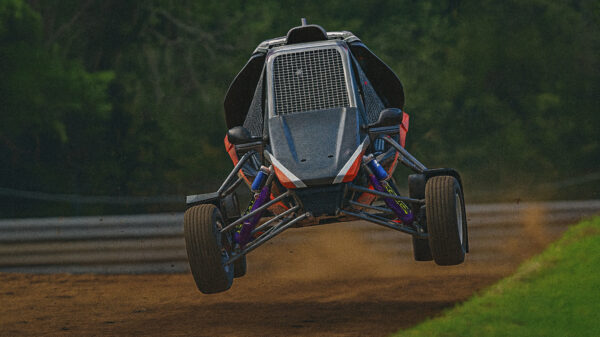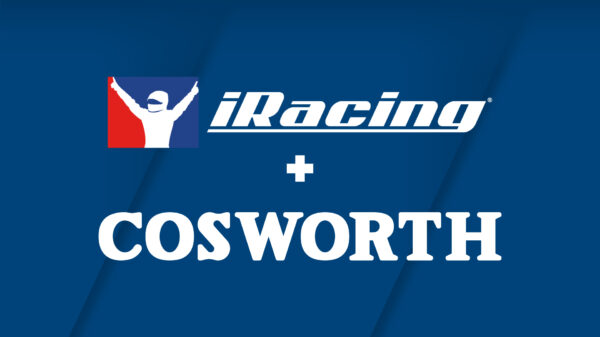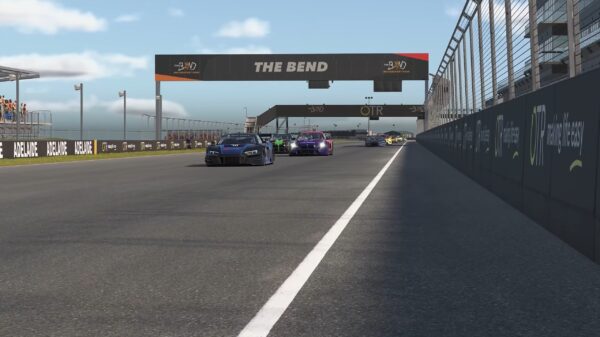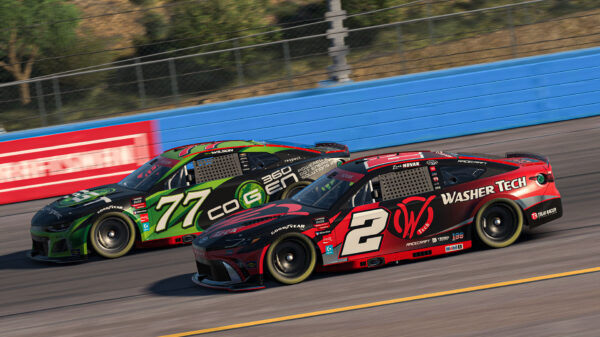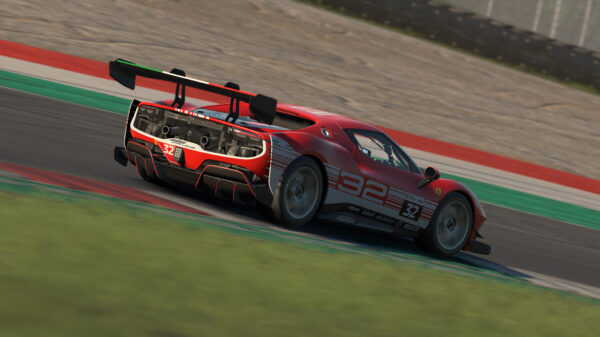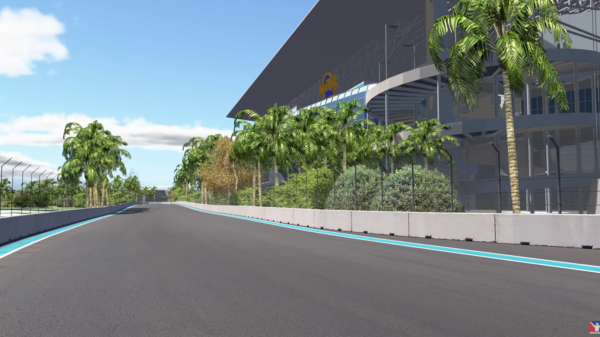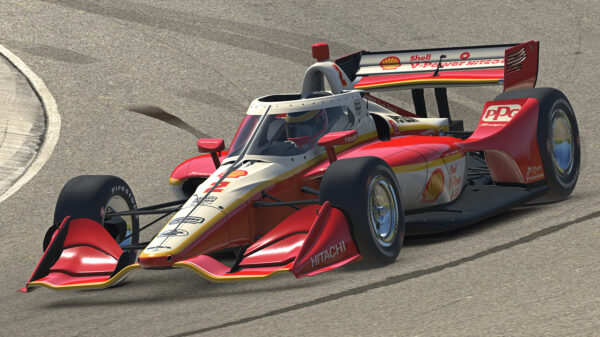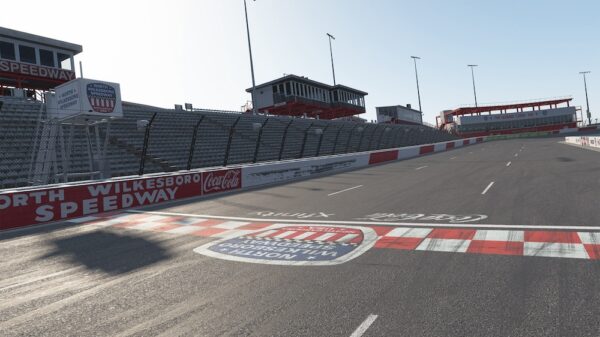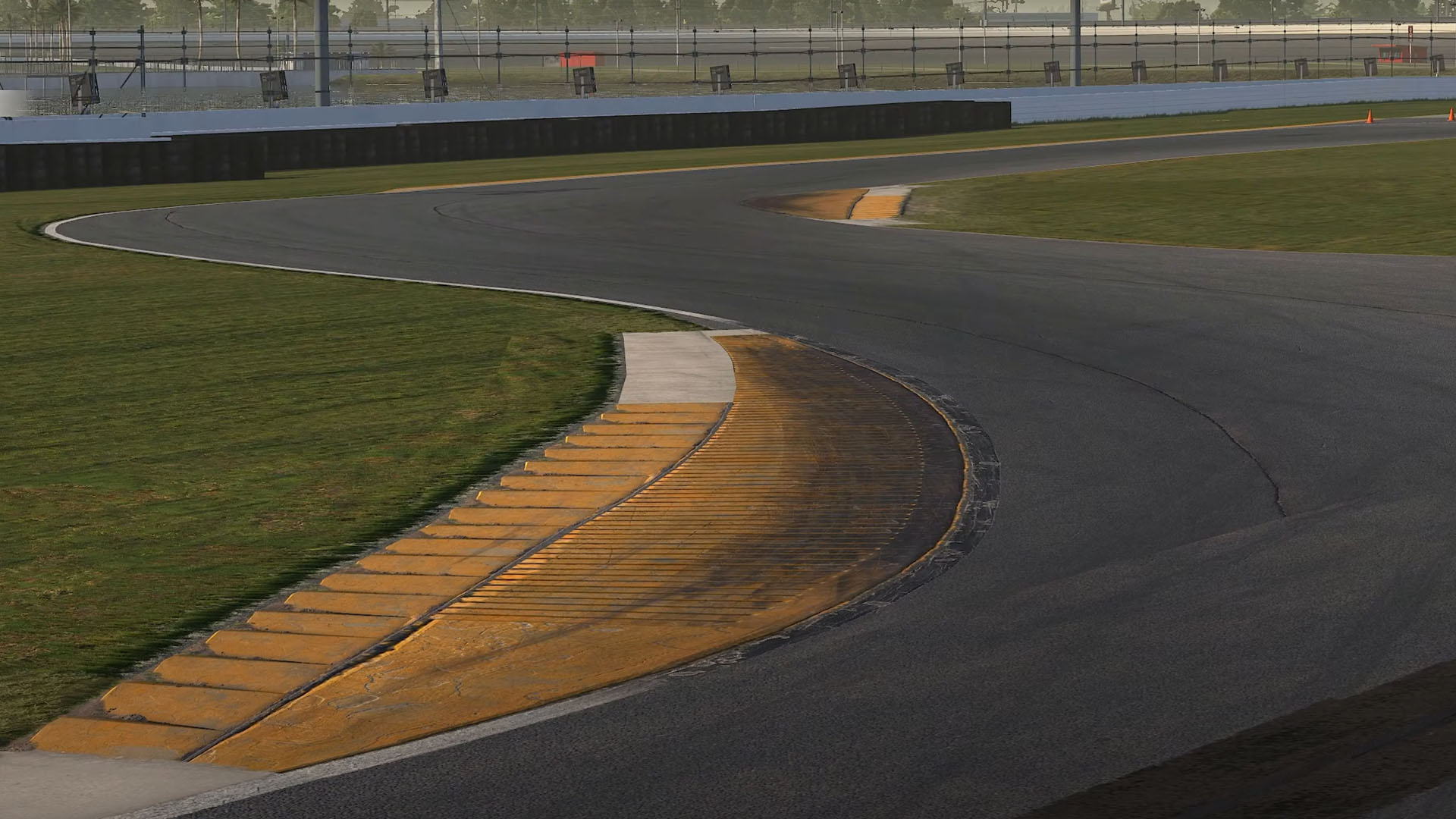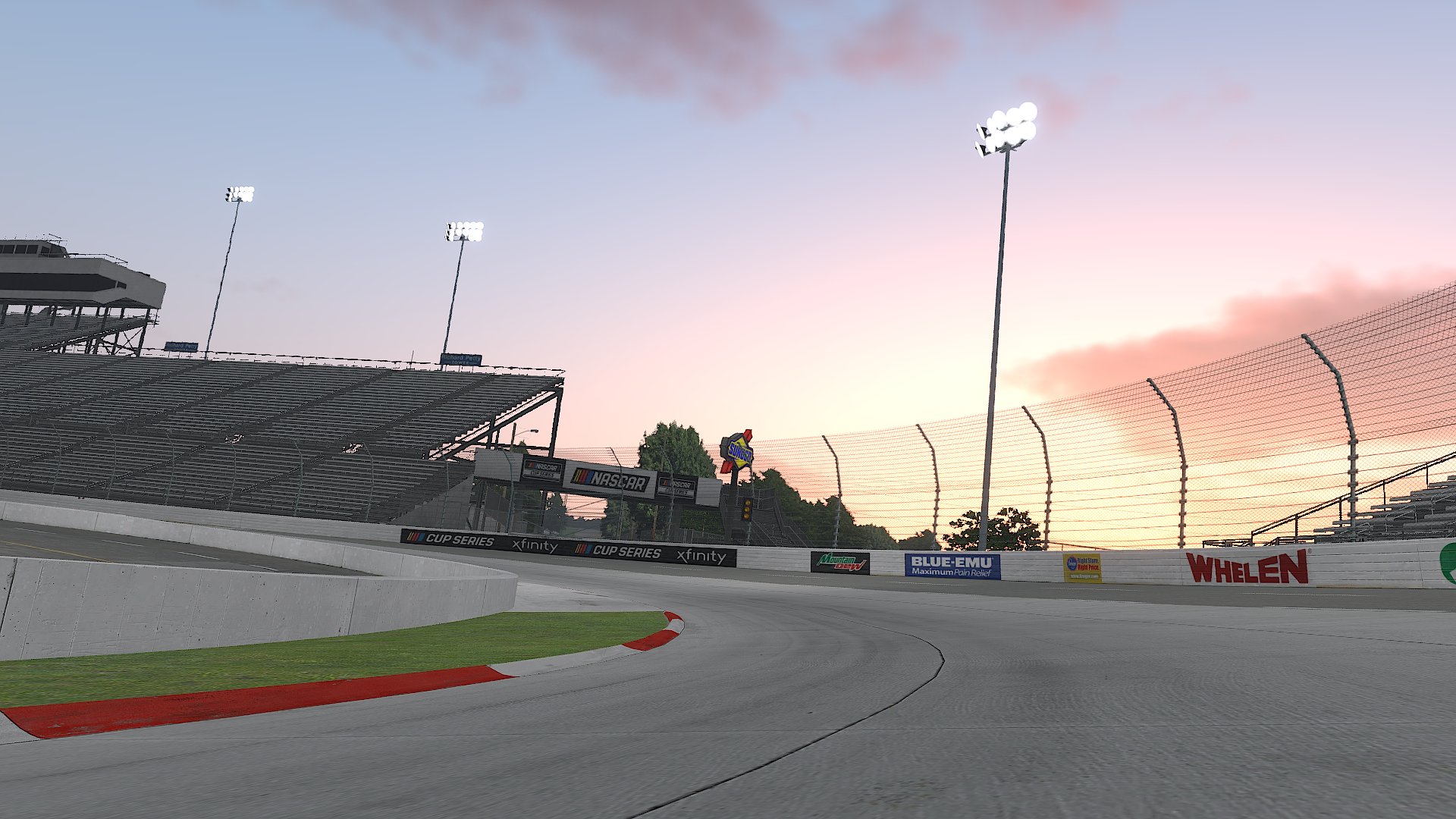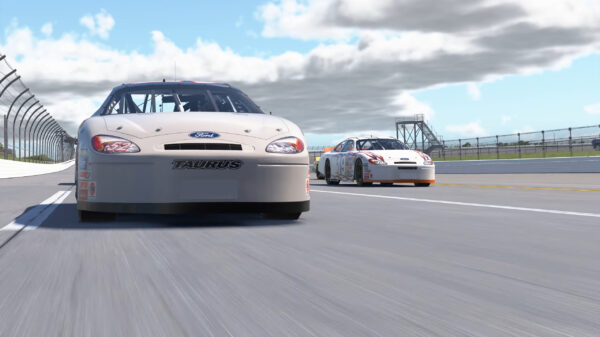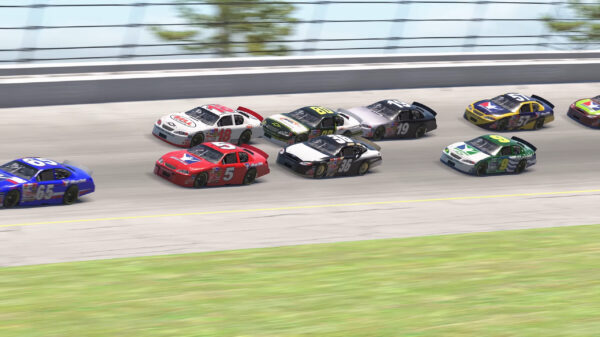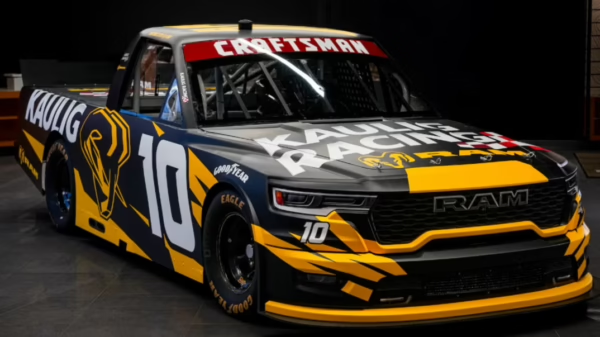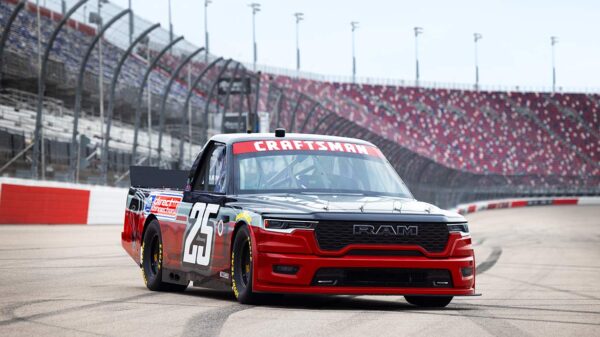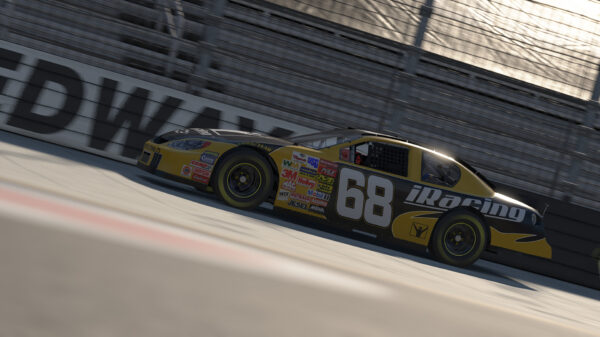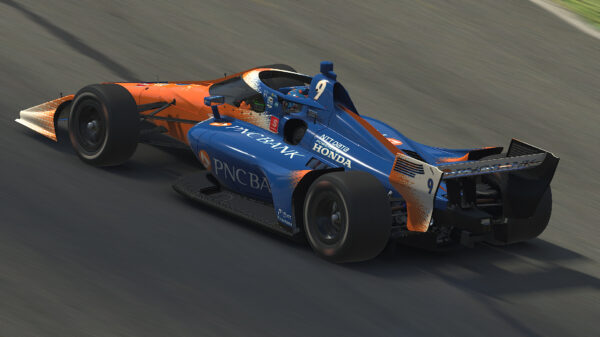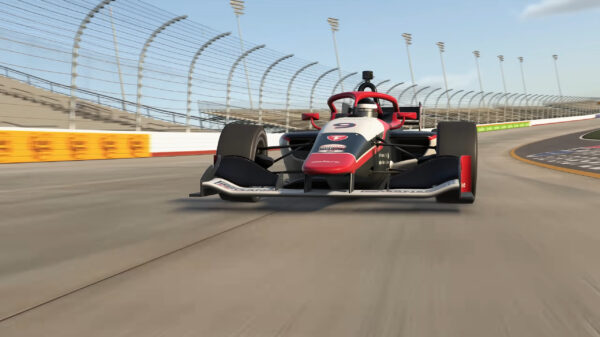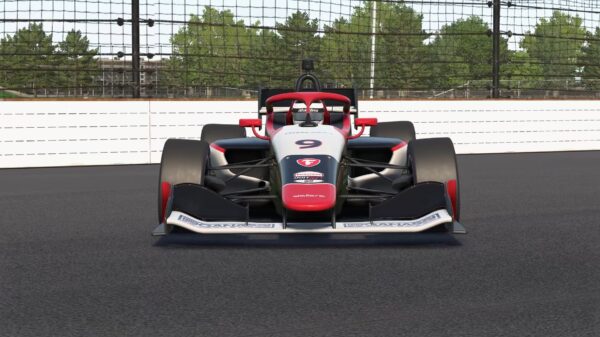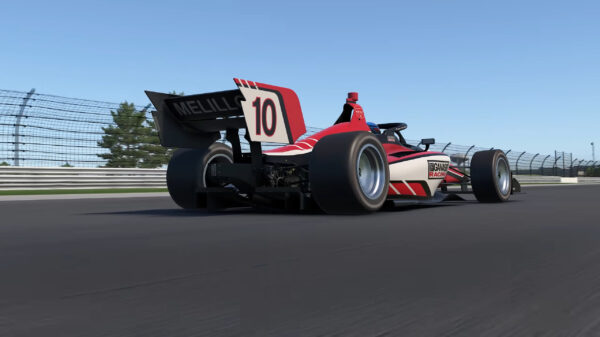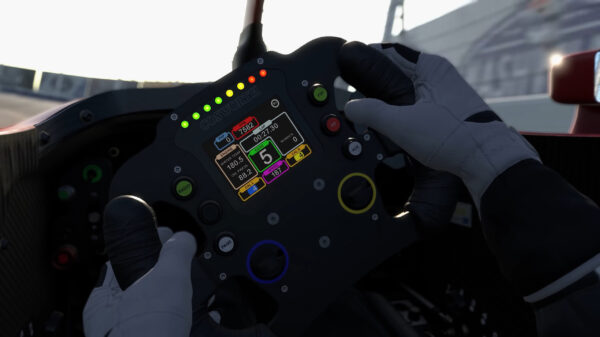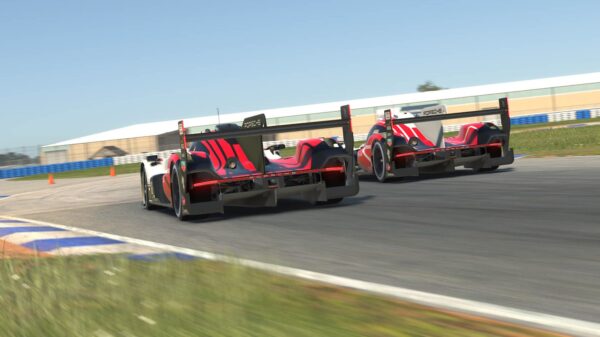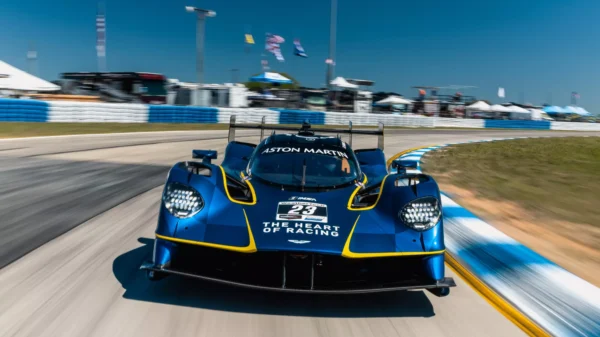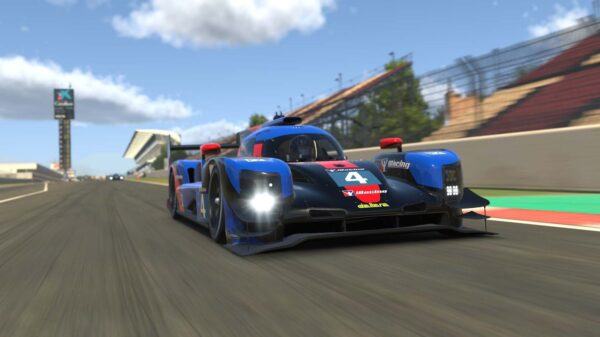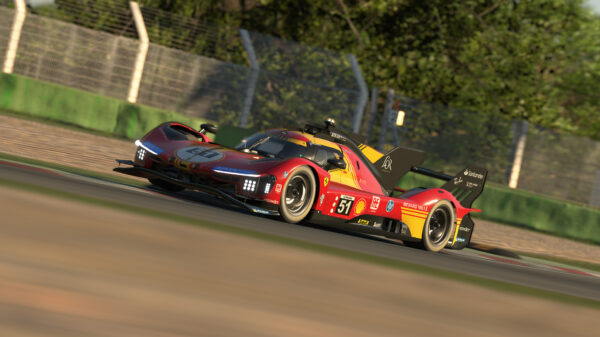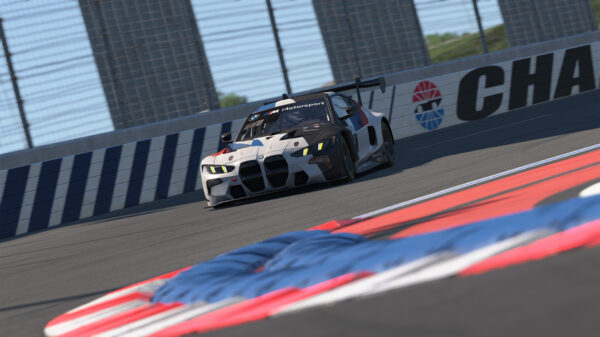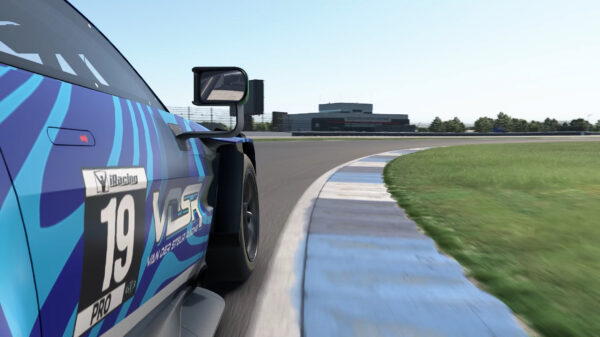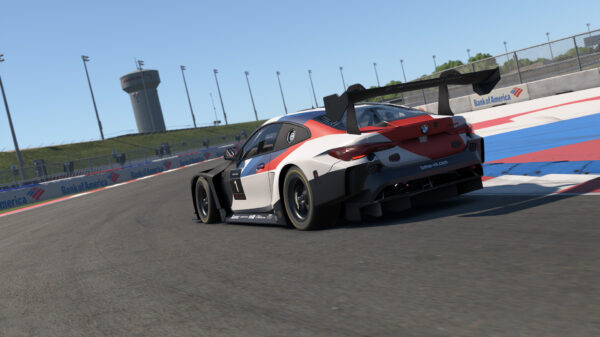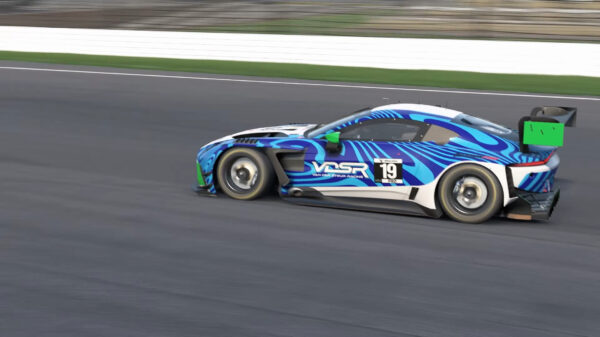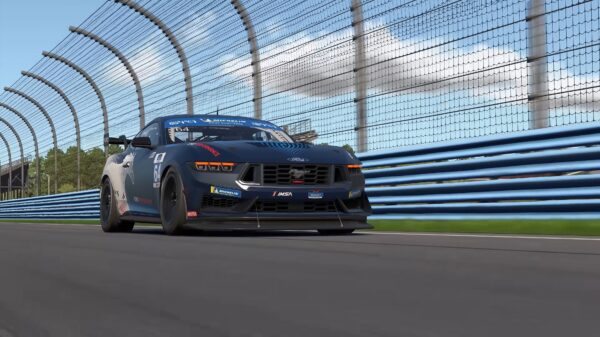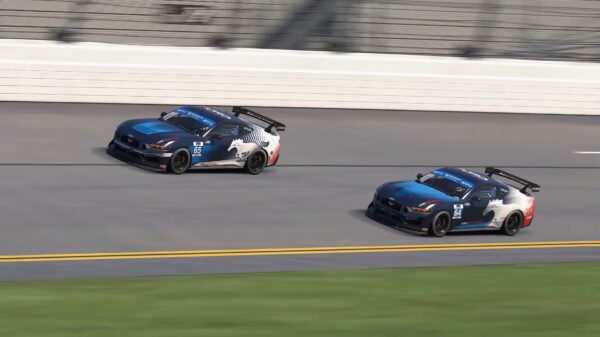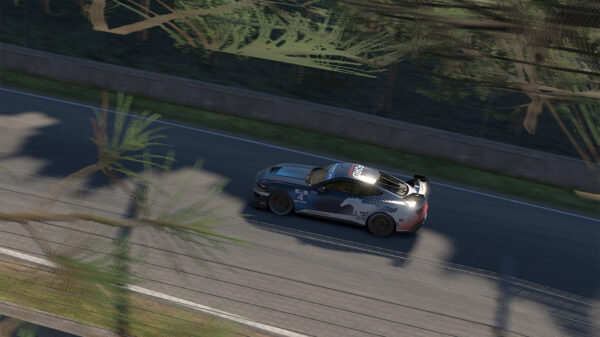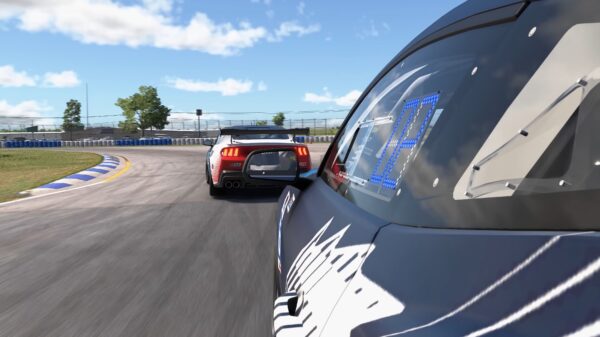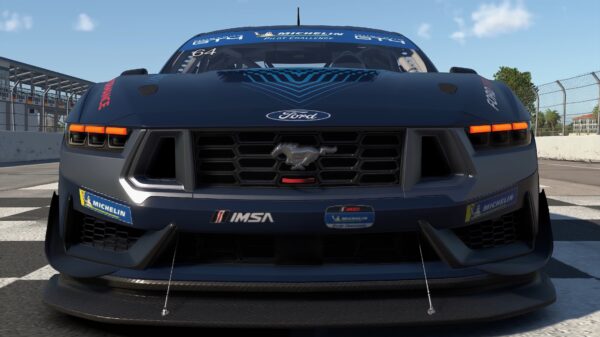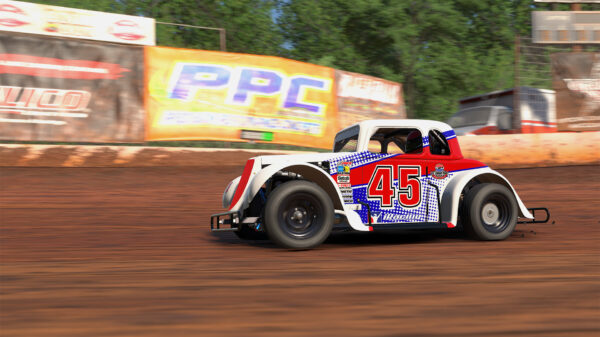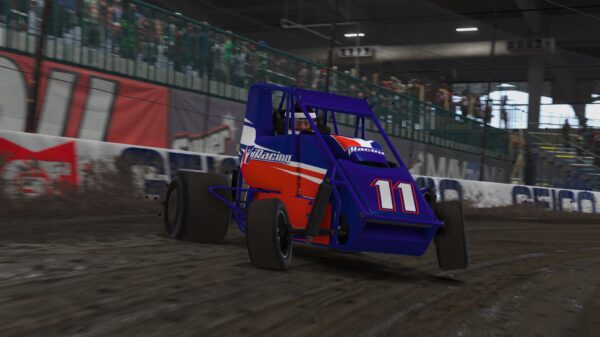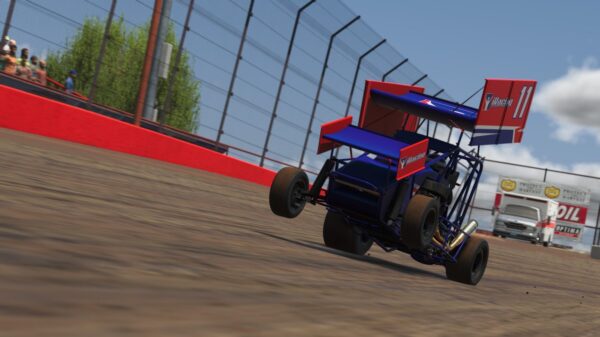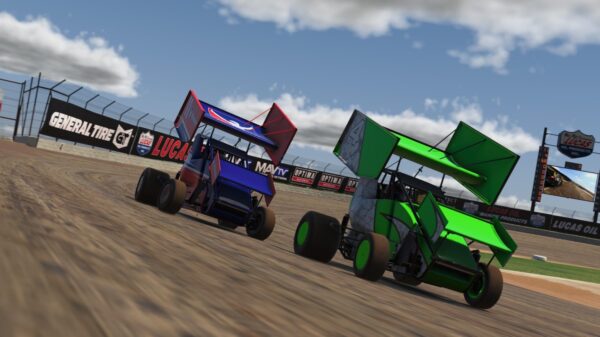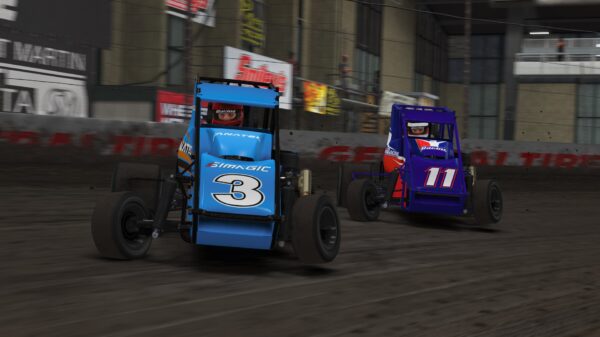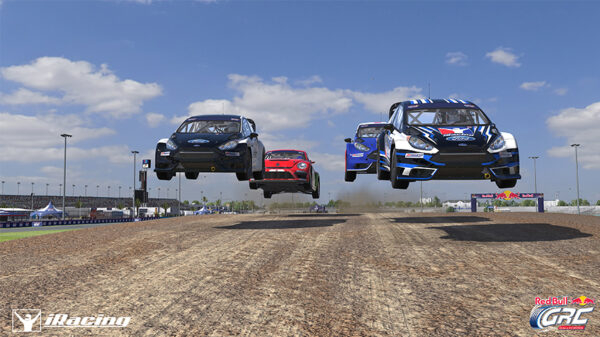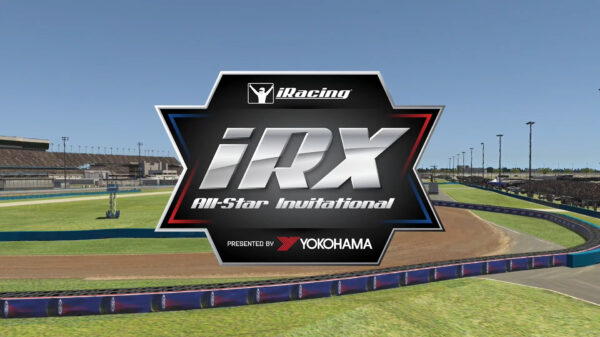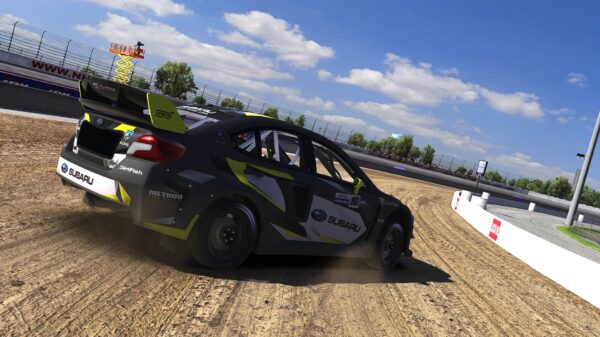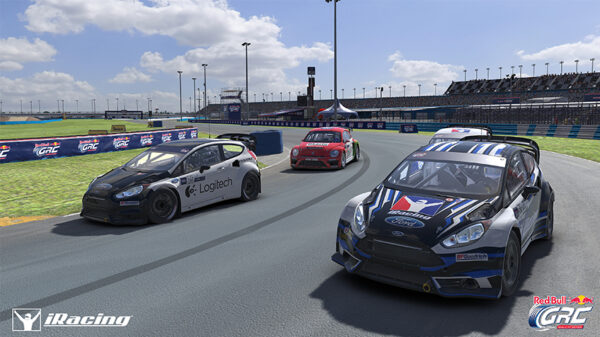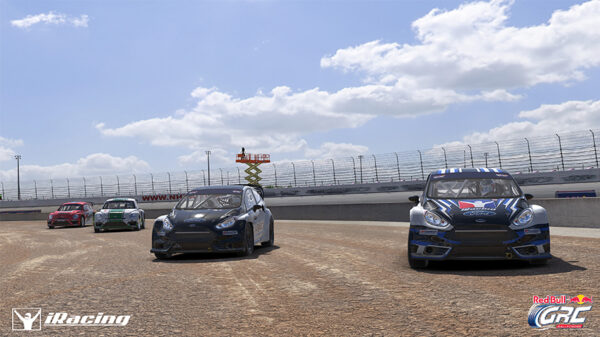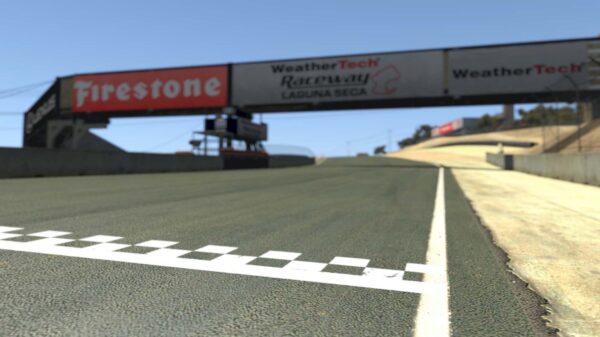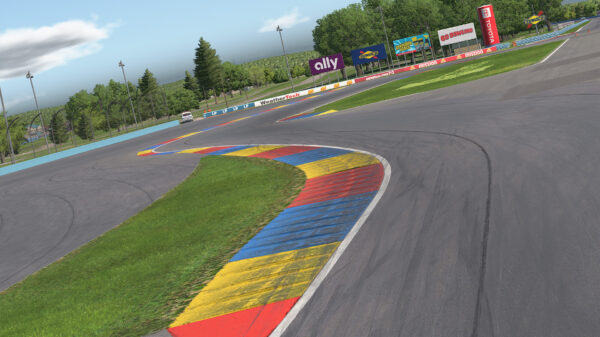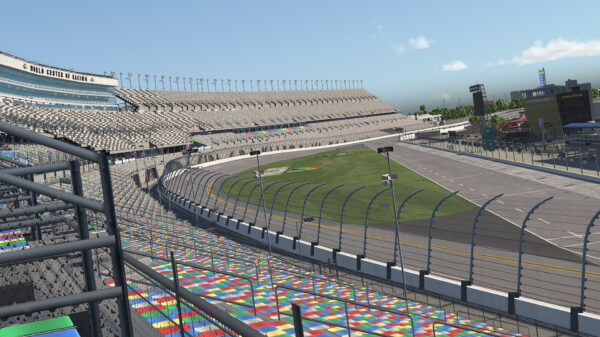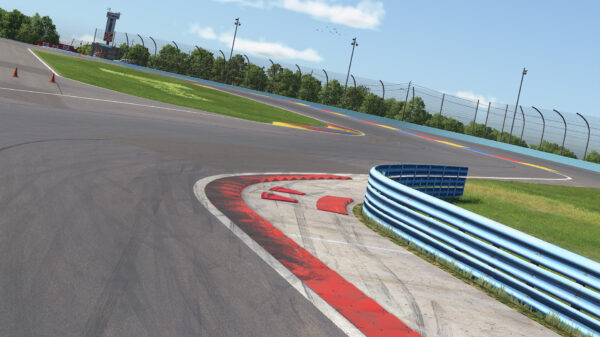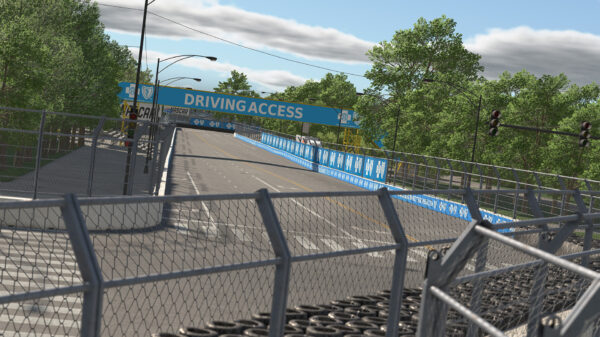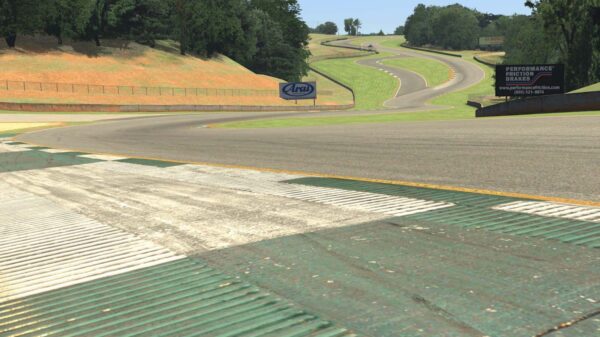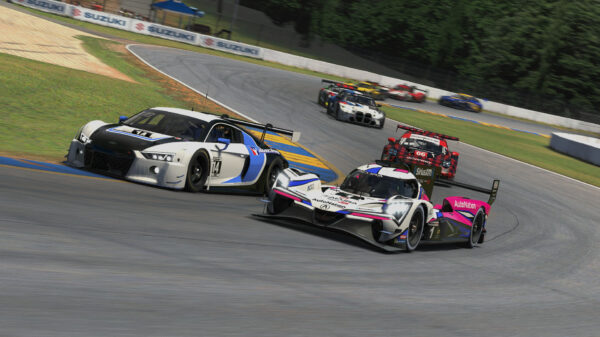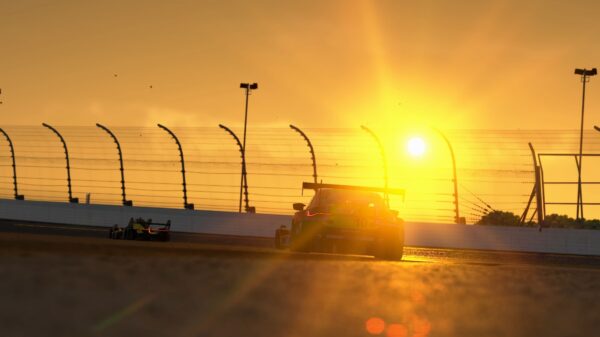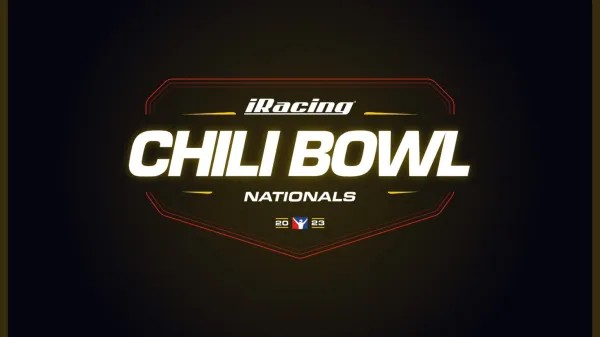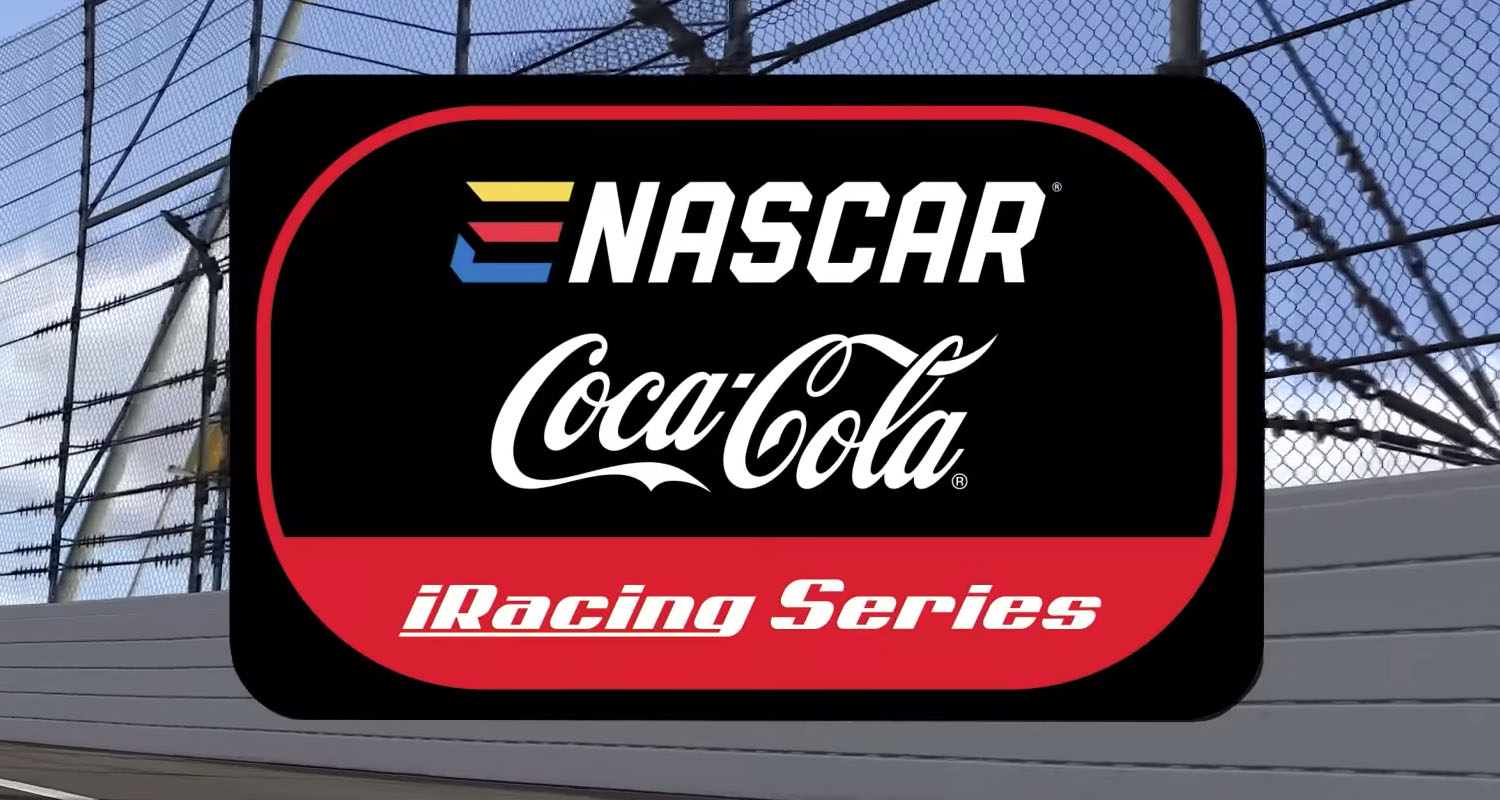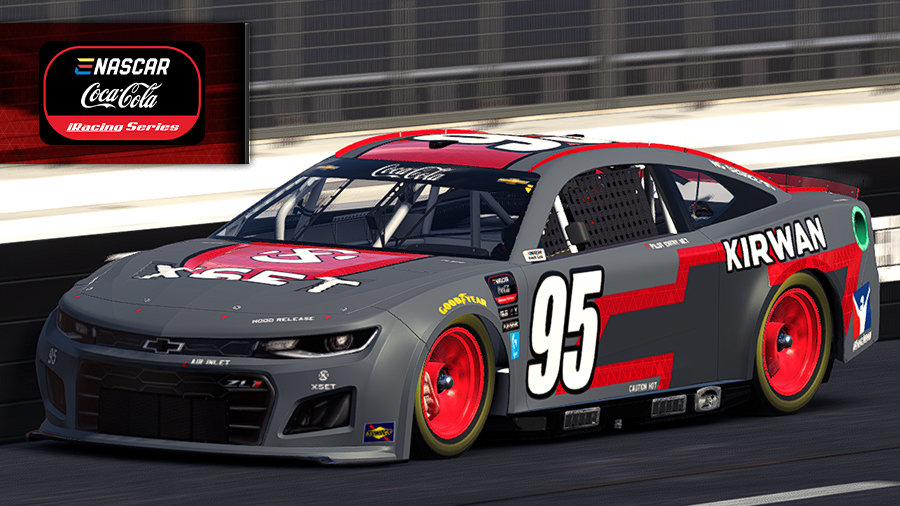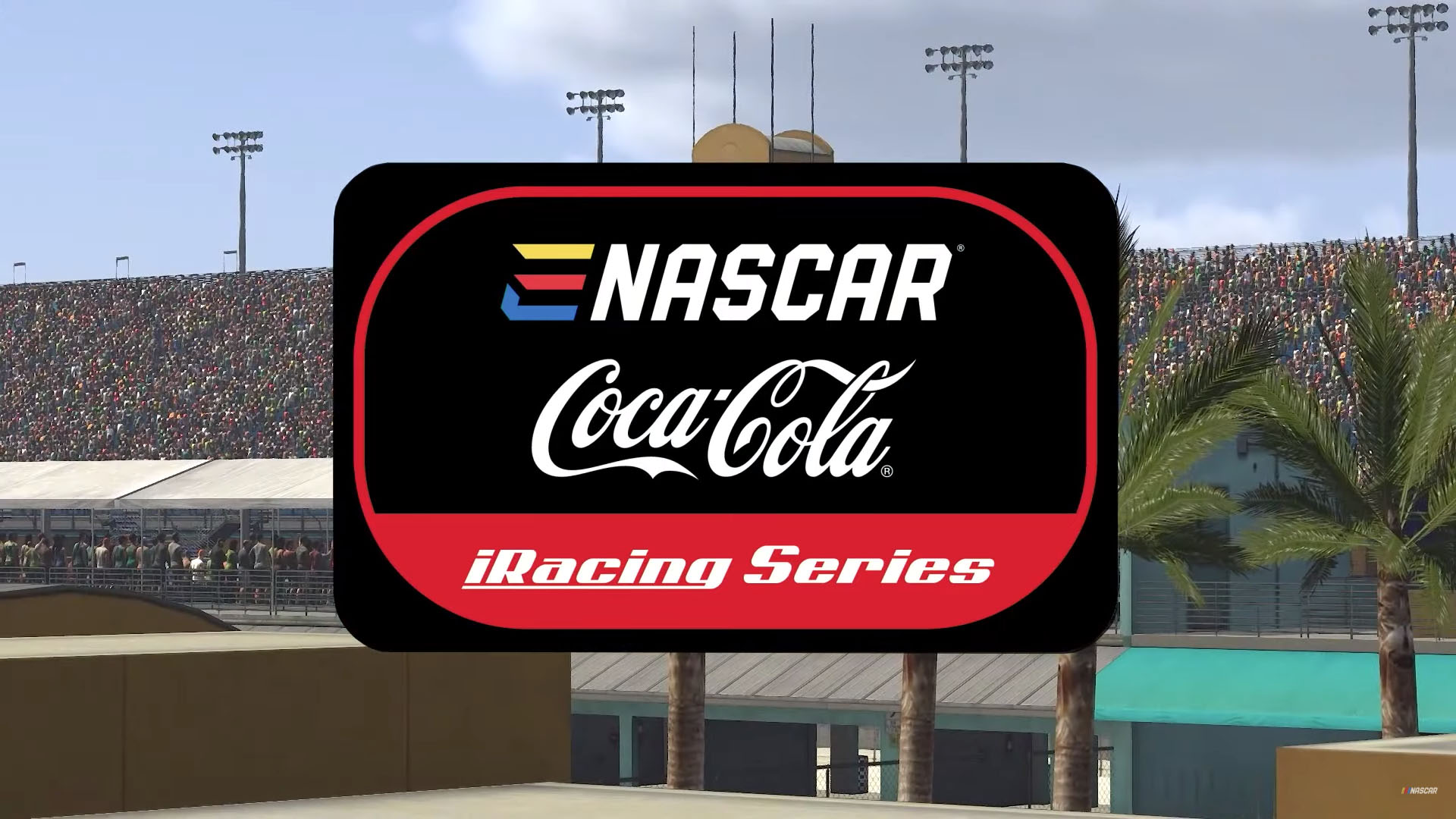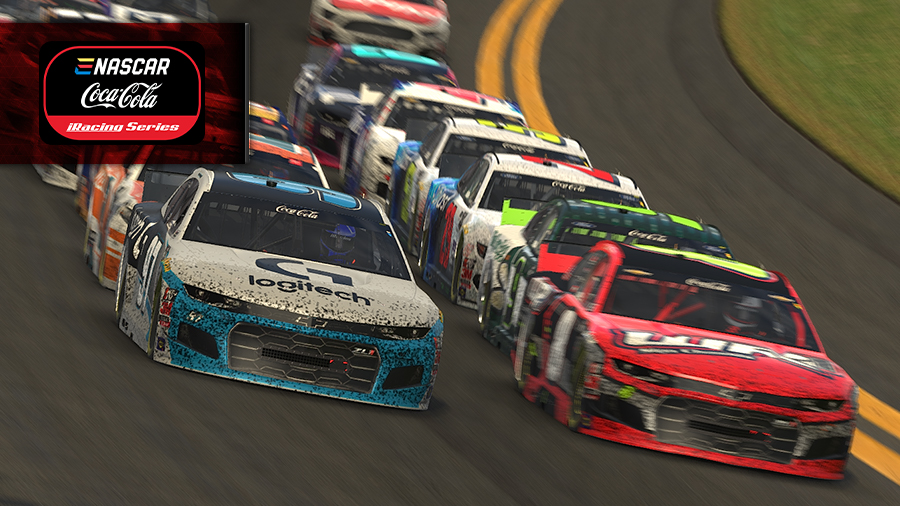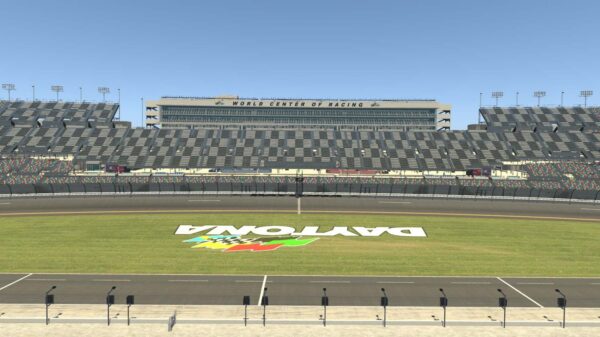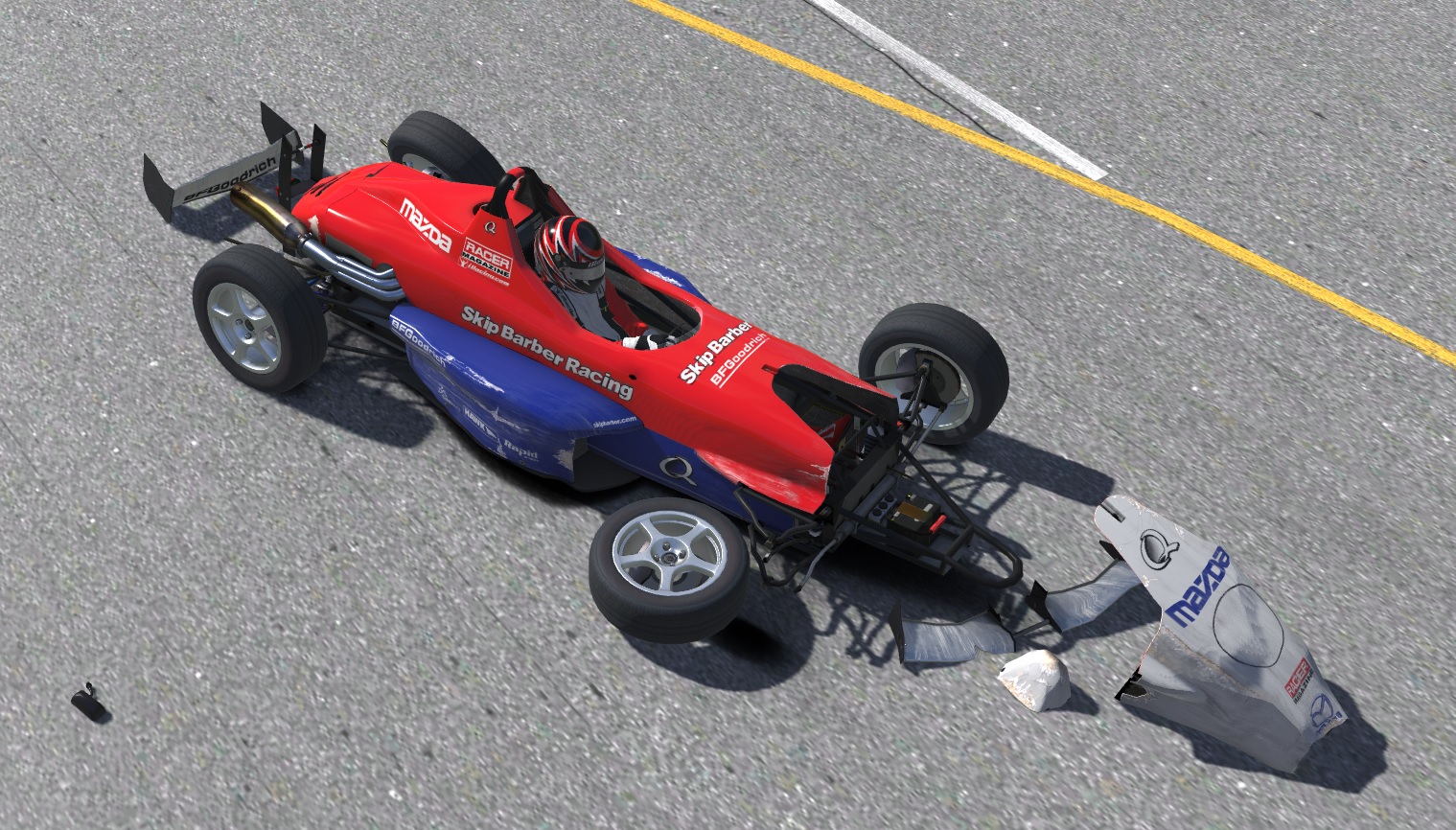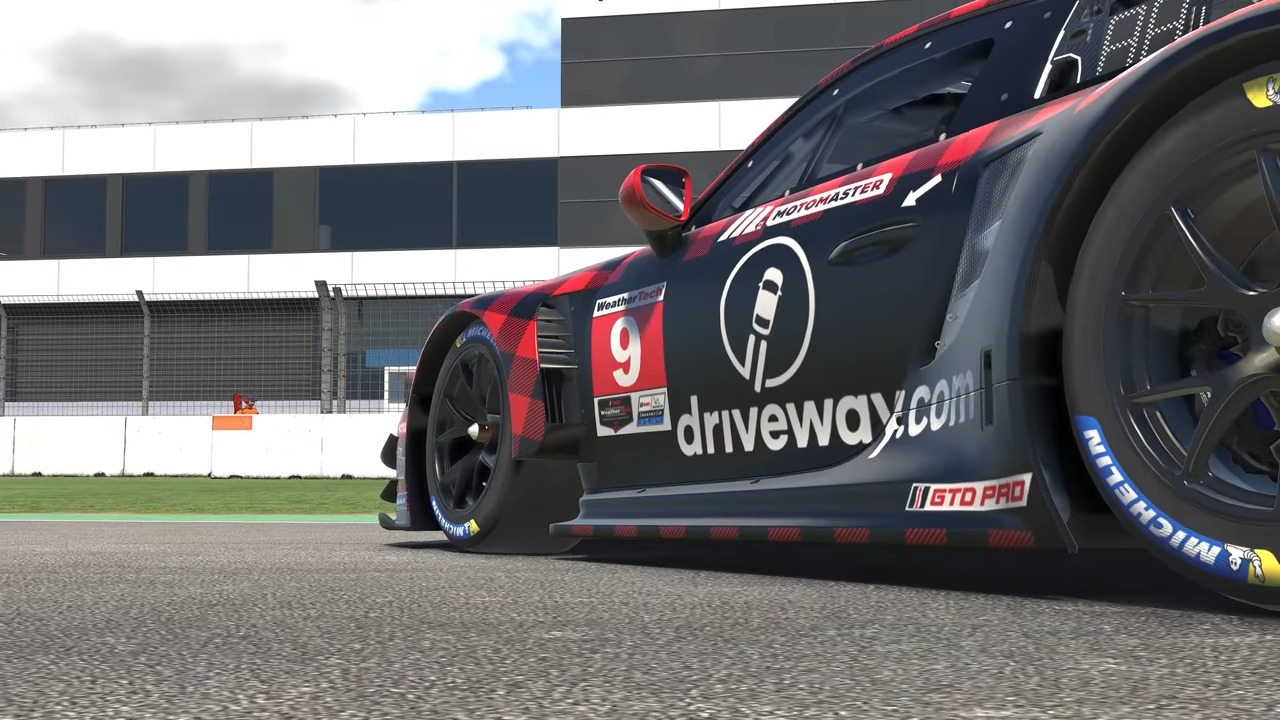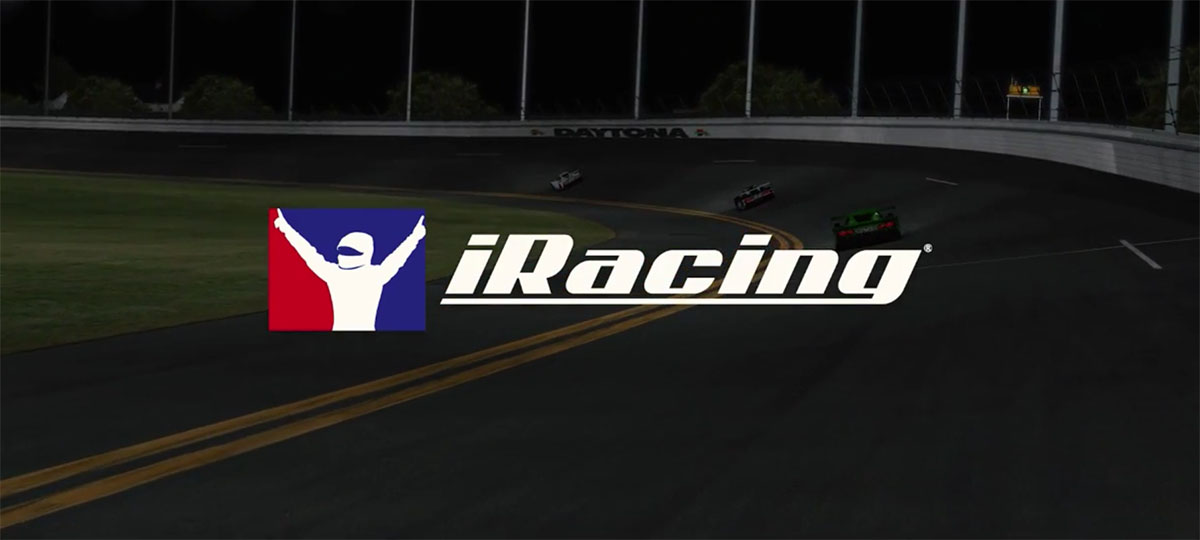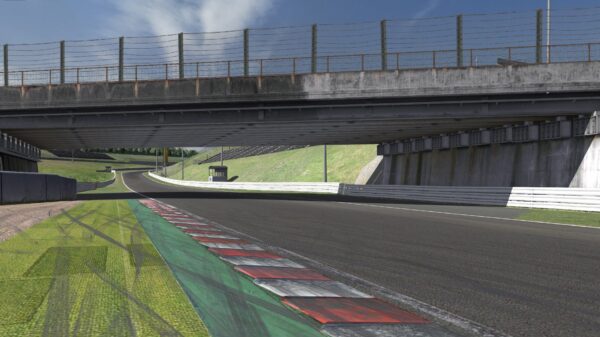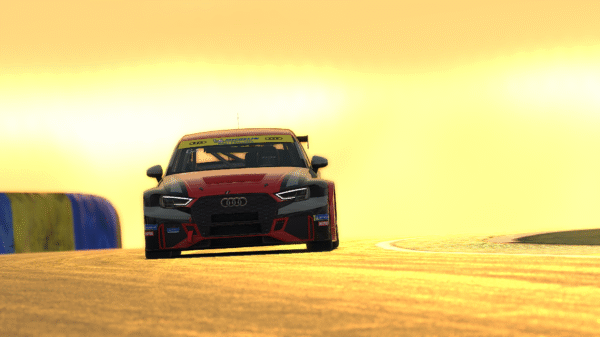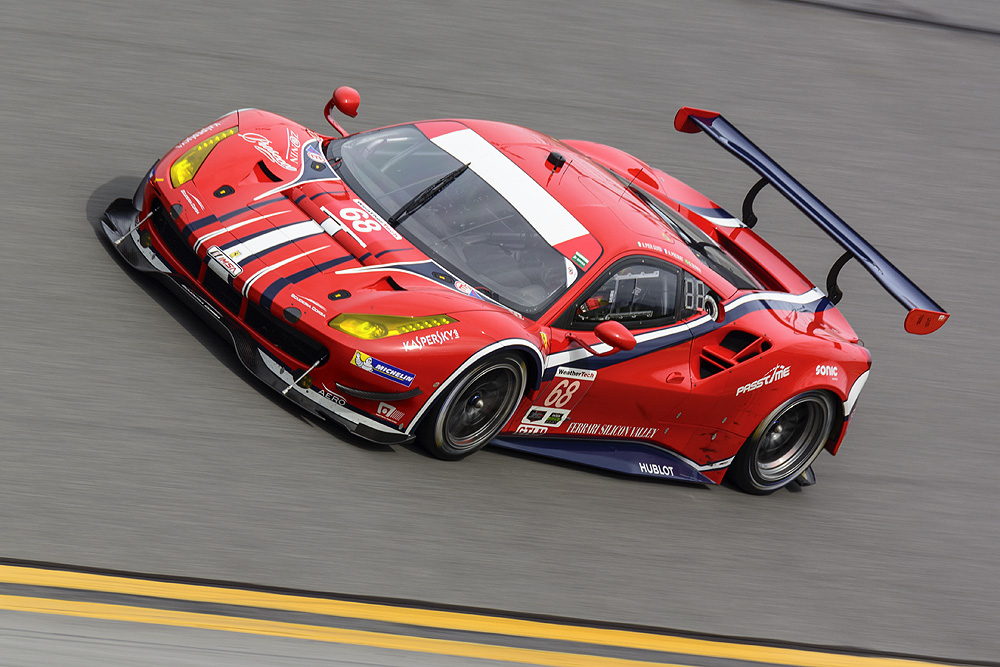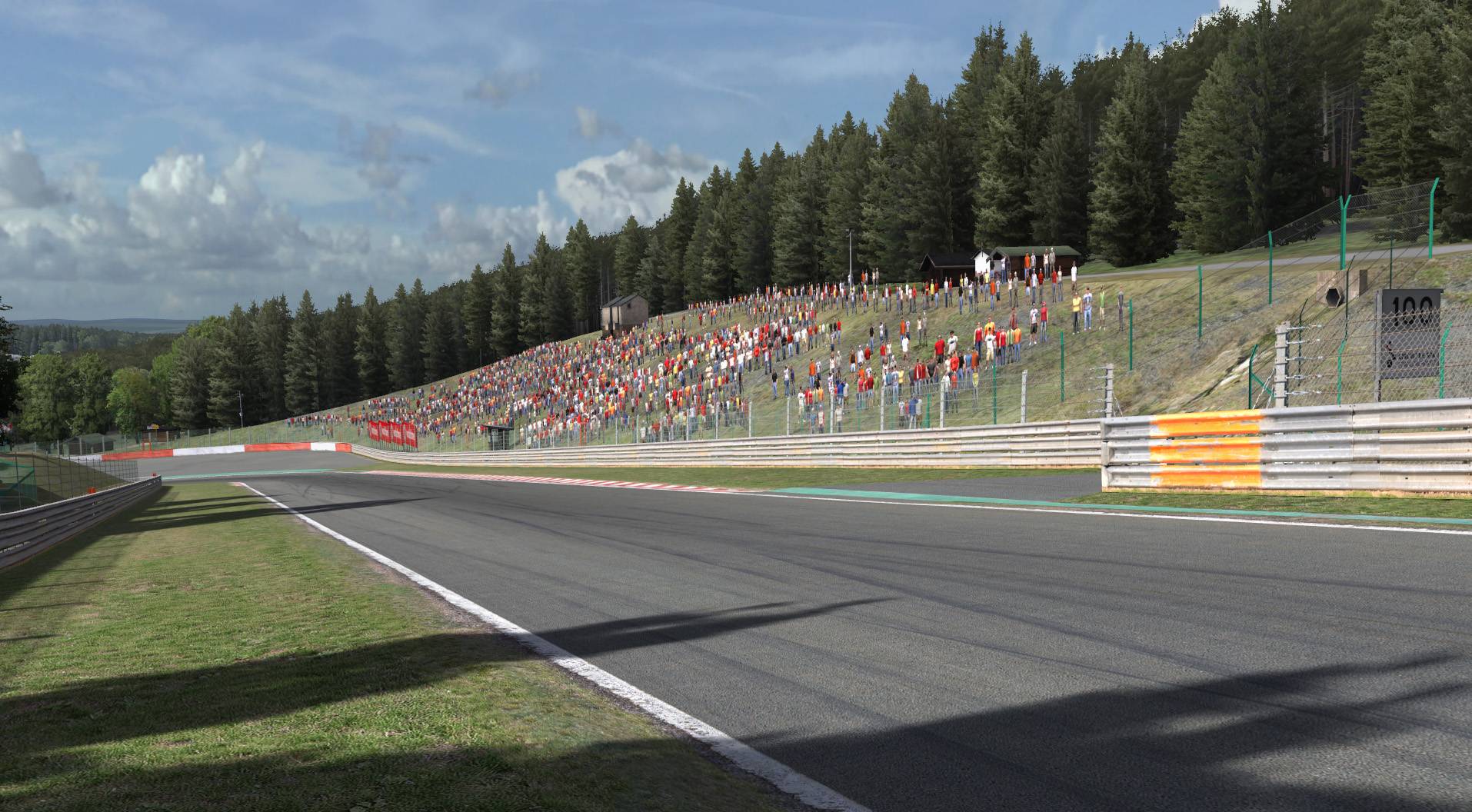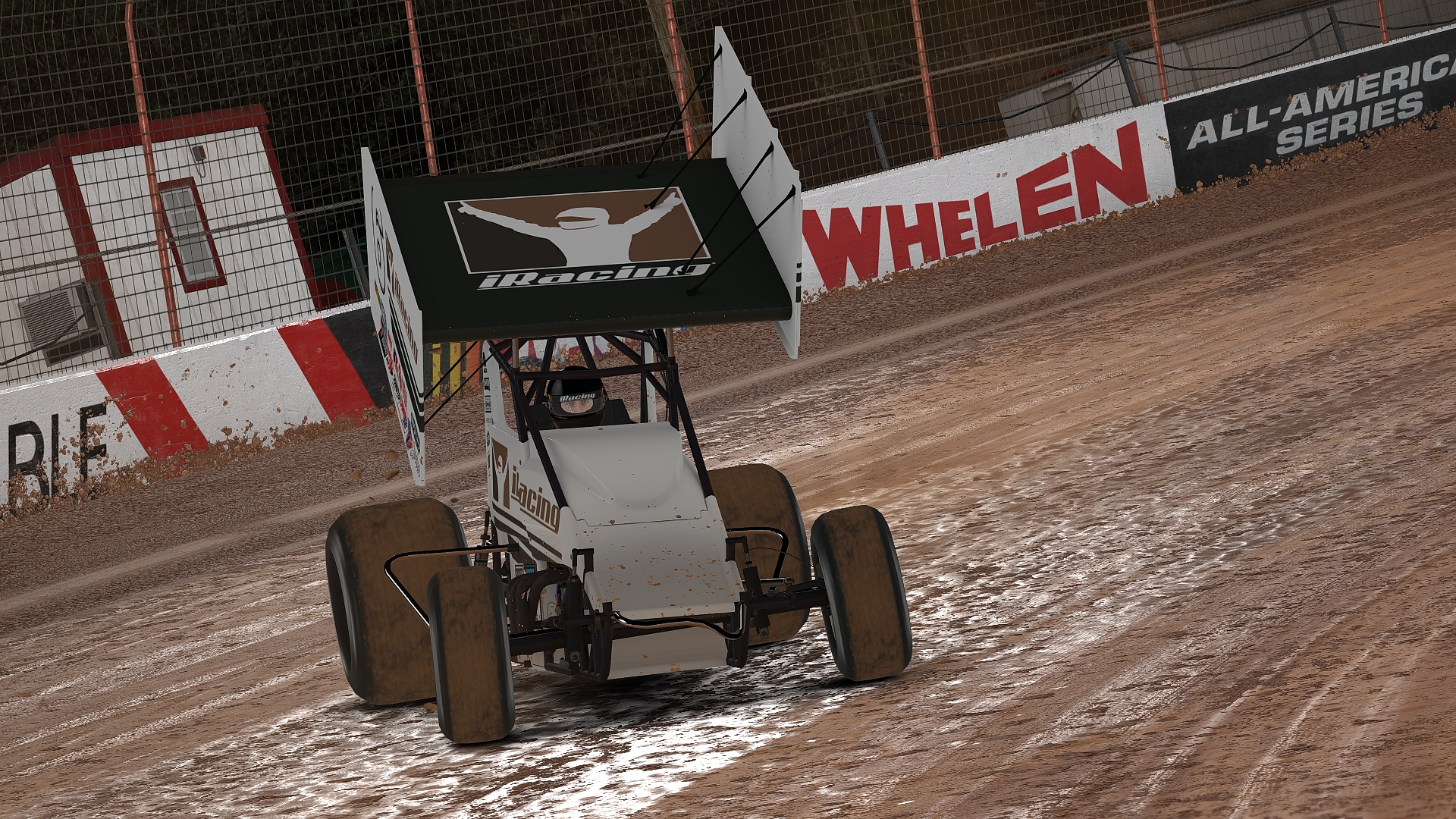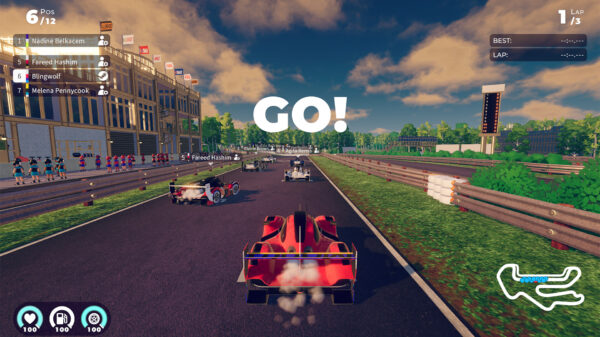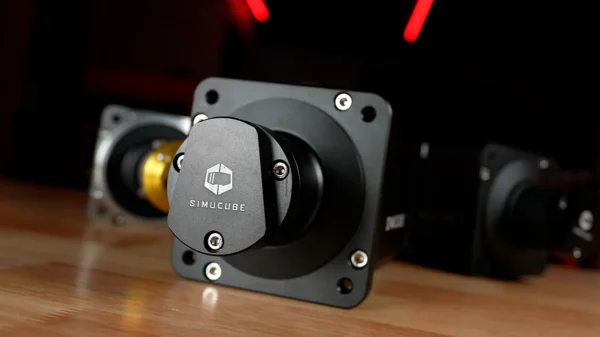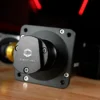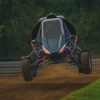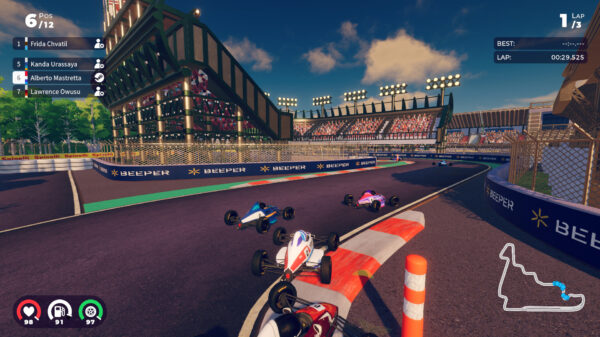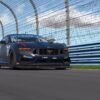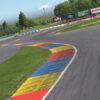The Dirt 305 Sprint Car is one of the most approachable yet exciting dirt oval cars available in iRacing. As the entry-level machine in the winged sprint car ladder, it provides drivers with the thrill of sprint car racing while maintaining a level of control that makes it a perfect learning tool. This guide covers its specifications, handling traits, learning curve, real-world background, and strategies for success in competition.
Specifications and Technical Details
The 305 Sprint Car is powered by a 305 cubic-inch V8 engine, producing roughly 450 horsepower depending on tuning. Compared to its 360 and 410 cubic-inch siblings, it has significantly less raw power, but that is precisely what makes it valuable for developing dirt racing skills.
- Horsepower: ~450 hp
- Weight: Approximately 1,400 lbs with driver
- Transmission: Direct drive with in/out gearbox
- Top Speed: Around 100–110 mph on most short tracks
- Chassis: Tubular steel frame, designed specifically for dirt oval sprint racing
- Aerodynamics: Prominent top wing and nose wing, generating high downforce and stability in the corners
Because of its relatively modest power output, the 305 emphasizes driver skill over brute acceleration. It allows racers to focus on throttle modulation, car balance, and racing lines without the intimidating wheelspin that characterizes higher-horsepower sprint cars.
Handling Characteristics
On track, the Dirt 305 Sprint Car feels both light and responsive. The car reacts quickly to steering input, but it also punishes overcorrection. Thanks to the top wing, there is substantial downforce pressing the car into the surface, which helps keep the rear wheels planted on entry and mid-corner.
- Corner Entry: The car rewards smooth, shallow entries. Over-driving into the corner will quickly upset balance.
- Mid-Corner: With less horsepower than other sprints, maintaining momentum is key. Drivers need to keep the car in the “cushion” (the groove of loose dirt near the wall) without scrubbing too much speed.
- Corner Exit: Smooth throttle application is vital. While the 305 is more forgiving than the 410, it still has enough torque to break traction if the throttle is stabbed aggressively.
Overall, the car’s forgiving nature makes it excellent for learning weight transfer, throttle control, and racing lines, but it still has the unpredictable elements of dirt racing—slick conditions, evolving track surfaces, and heavy traffic.
Difficulty Level
The 305 Sprint Car is widely considered beginner-friendly, though it is far from easy. Its reduced horsepower and added downforce make it a logical starting point for newcomers, but dirt oval racing has a steep learning curve regardless of the car.
New drivers should expect to spend time learning:
- How to read the racing surface as the dirt track evolves.
- Proper use of throttle to maintain forward drive.
- The art of sliding through corners without losing momentum.
- Racing inches apart in heavy packs where patience and timing matter as much as raw pace.
Compared to the 360 and 410 Sprint Cars, the 305 gives drivers more time to react and recover from mistakes. This makes it ideal for rookie series competition and practice sessions.
Real-World Tie-In
In real life, 305 Sprint Cars are a common entry point into winged sprint car racing. They run weekly at short tracks across the United States, especially in regions like the Midwest and Pennsylvania. Many top professional sprint car drivers—including legends of the World of Outlaws—got their start in 305s before moving into more powerful divisions.
The iRacing version captures that same grassroots spirit. For sim racers, the 305 offers the authentic experience of a car that thousands of amateur and semi-pro drivers race every weekend, keeping it connected to the real short track racing community.
Strategies for Success
1. Master Throttle Control
The 305 rewards drivers who can keep their rear tires hooked up. Feather the throttle on corner exit rather than slamming it wide open.
2. Use the Cushion Wisely
The fastest line often develops near the wall where the loose dirt builds up. Running the cushion requires confidence and car control but pays off in lap time.
3. Stay Smooth on Entry
Driving too deep into the corner leads to sliding and loss of momentum. Focus on clean, consistent entries.
4. Anticipate Track Changes
As laps accumulate, the racing surface evolves. A groove that worked on lap 5 may be slower on lap 25. Be ready to move your line up or down to adapt.
5. Patience in Traffic
The 305 Sprint Car often races in close packs. Aggression can backfire quickly, so balance bold moves with patience, waiting for openings instead of forcing them.
The Dirt 305 Sprint Car is the ultimate training ground for aspiring dirt racers in iRacing. It strikes a balance between excitement and approachability, offering enough speed to thrill while keeping things manageable for new drivers. With its real-world grassroots pedigree, forgiving yet challenging handling, and role in the dirt oval progression ladder, the 305 is a must-drive car for anyone interested in short track sprint racing.
Whether you’re running your first laps on dirt or preparing to graduate into the 360s and 410s, mastering the 305 Sprint Car is a rewarding and essential step in your dirt racing journey.

